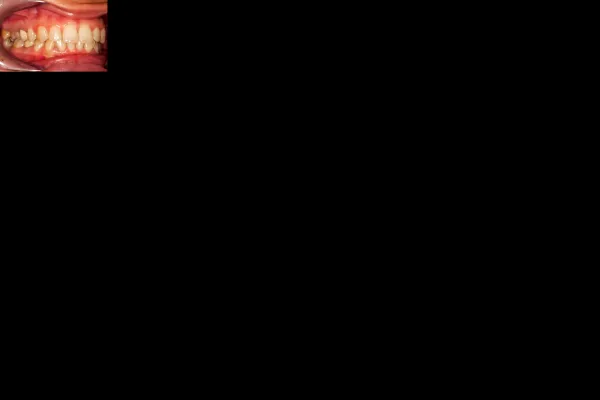Consider These CCI 22.0 Edits While Reporting Oral Surgery Procedures

Don’t forget to pay attention to modifier indicators.
Several bundles in the latest coding edits for 2016 focuses on the newly introduced codes for sclerotherapy, placement of localization devices and codes for paravertebral blocks. Here’s what you need to know about the latest version 22.0 of the Correct Coding Initiative (CCI) edits that added 57,161 new bundles and deletes 20,842 more, which became effective on Jan 1, 2016 and how it will affect your coding.
CPT® 2016 saw the introduction of a new code for sclerotherapy of a cyst, namely, 49185 (Sclerotherapy of a fluid collection [e.g., lymphocele, cyst, or seroma], percutaneous, including contrast injection[s], sclerosant injection[s], diagnostic study, imaging guidance [e.g., ultrasound, fluoroscopy] and radiological supervision and interpretation when performed).
What happens: Sclerotherapy uses ultrasound-guided aspiration with a sclerosing agent such as 95% ethanol (EST) or methotrexate. The purpose of the sclerosing agent (irritant) is to prevent cyst re-growth by chemically destroying the wall of the cyst. This treatment option is less invasive than conventional surgery and takes approximately 20–30 min to perform.
New edits: According to CCI 22.0, you will face bundling if you are trying to report 49185 with some of the codes that you will report for drainage of a cyst or hematoma. According to these new set of edits, you will face bundling if you are trying to report 49185 for the same calendar date of service as these below mentioned codes:
Modifier indicator: All these above mentioned edits that bundle the sclerotherapy code 49185 into these drainage of cyst or abscess codes carry the modifier indicator ‘1,’ which means you can overcome the edit bundle using a suitable modifier. Verify the circumstances and ensure that you have full documentation supporting both codes before submitting a claim this way.
Since 49185 is the column 2 code in the bundling edit with all the above mentioned codes, you will have to use a suitable modifier such as 59 (Distinct procedural service) to the sclerotherapy code to overcome the edit bundle and allow separate reimbursement for the both the codes.
Watch out for Edits Bundling Placement of Interstitial Markers
CPT® 2016 saw the introduction of two new codes for percutaneous placement of markers into the soft tissues for marking a lesion(s) and guide surgical excision of the lesion(s) or for radiation therapy localization. You report this with 10035 (Placement of soft tissue localization device[s] [e.g., clip, metallic pellet, wire/needle, radioactive seeds], percutaneous, including imaging guidance; first lesion) for the first lesion and the add-on code +10036 (… each additional lesion [List separately in addition to code for primary procedure]) for each additional lesion.
While other CPT® codes exist for placement of markers in specific areas of the body, such as intrathoracic, intra-abdominal, the prostate, or breast, no code existed for placement of markers in soft tissue. The introduction of these two new codes 10035 and the add-on code +10036 helped meet that need.
Bundling edits: According to CCI 22.0, you will face bundling if you are trying to report either 10035 or +10036 with the earlier existing code for placement of markers in the head and neck region (41019, Placement of needles, catheters, or other device(s) into the head and/or neck region [percutaneous, transoral, or transnasal] for subsequent interstitial radioelement application).
According to these new edits, the new codes 10035 and +10036 are bundled into 41019 with the modifier indicator ‘1.’ Since the modifier indicator is ‘1,’ you can overcome the edit bundle by using a suitable modifier. The modifier you will need to append is 59. Since 10035 and 10036 are the column 2 codes in the edit bundle with 41019, you will need to append the modifier to these new codes.
Look For Edits Bundling New Anesthesia Codes into Procedural Codes
CPT® 2016 saw the introduction of new codes for paravertebral/ paraspinous blocks. You report this with the following codes:
What happens: A paravertebral block essentially is a unilateral block of the spinal nerve (including the dorsal and ventral rami) and the sympathetic chain ganglion. Providers can perform these blocks at any vertebral level, but most often administer them at the thoracic level because of anatomic considerations.
Edit bundles: According to CCI 22.0, you will face bundling edits that bundle these new codes into almost every procedural code that you are likely to use in oral surgery coding. So, according to these edits, the above mentioned codes are bundled into the procedural code with the modifier indictor ‘0,’ which means that you will not be able to separately report the paravertebral block under any circumstances by using any modifiers.




